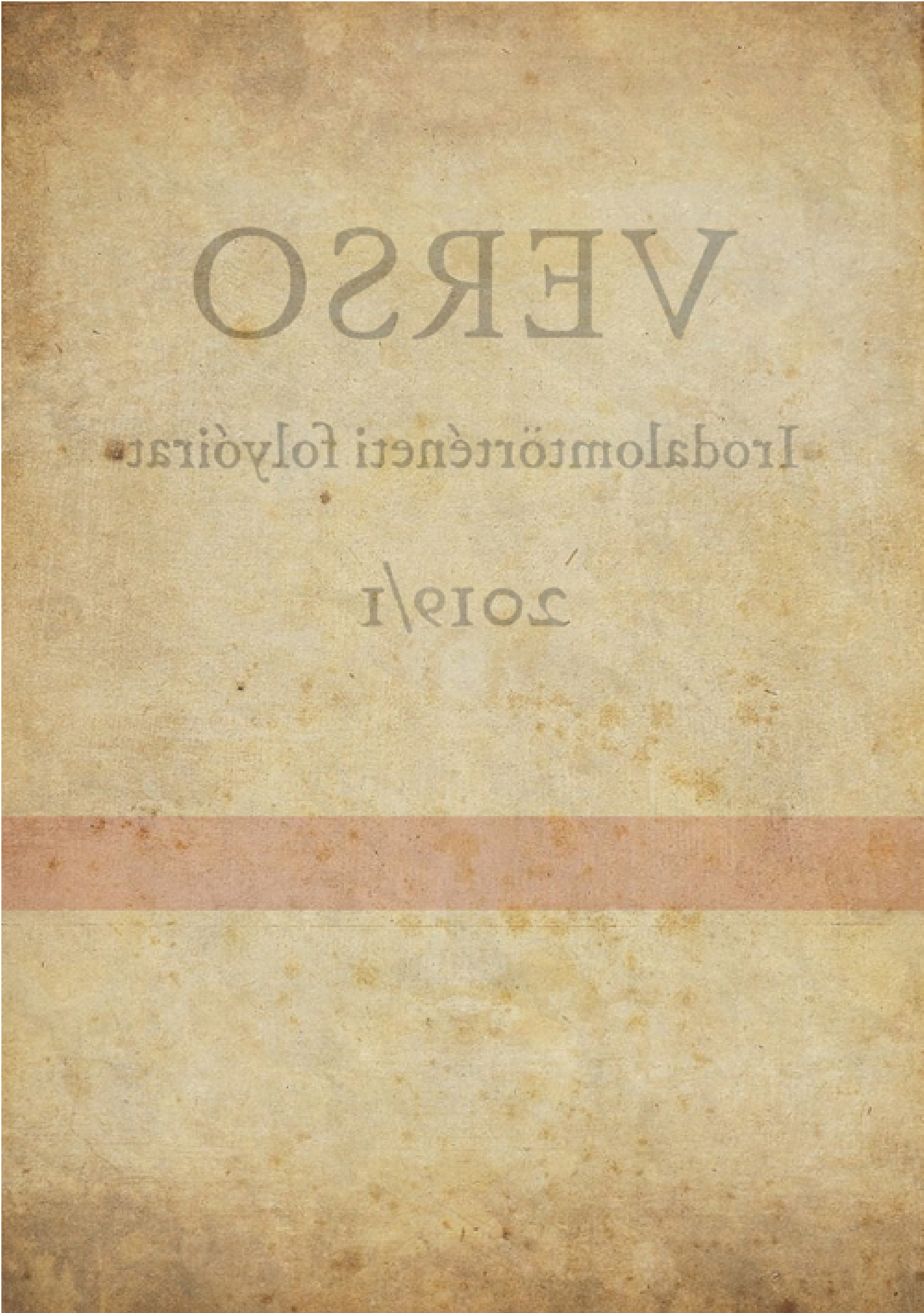Daughter of widows
Religious, imaginational and amorous enthusiasm in Zsigmond Kemény’s novel Özvegy és leánya (Commentary on Eszter Pálfy’s paper)
DOI:
https://doi.org/10.15170/VERSO.2.2019.1.65-87Abstract
Eszter Pálfy’s paper, published in the current issue, makes a convincing case for the importance of Mrs Naprádi in Kemény’s novel, especially with regards to the concept of love. This commentary confirms the unique importance of Mrs Naprádi, however, interprets her role in the novel and her attitude to reading and love from the perspective of the nineteenth-century concept of enthusiasm (Schwärmerei). Enthusiasmus, a principally positive term in Plato, receives a negative undertone in the wake of Luther’s interpretation. From the religious context, the term transfers into the realm of medical, political, moral-philosophical, aesthetic and psychological discourse, and assumes a predominantly negative meaning. In the case of Kemény’s novels, criticism usually stresses political and religious enthusiasm. However, in the early nineteenth century, the term was also associated with an aspect of people’s education. Based on this, Mrs Tarnóczi represents religious enthusiasm, while Mrs Naprádi represents imaginational enthusiasm. These two educational aspects play a fundamental role in the tragedy of Sára, as they give rise to her amorous enthusiasm.

